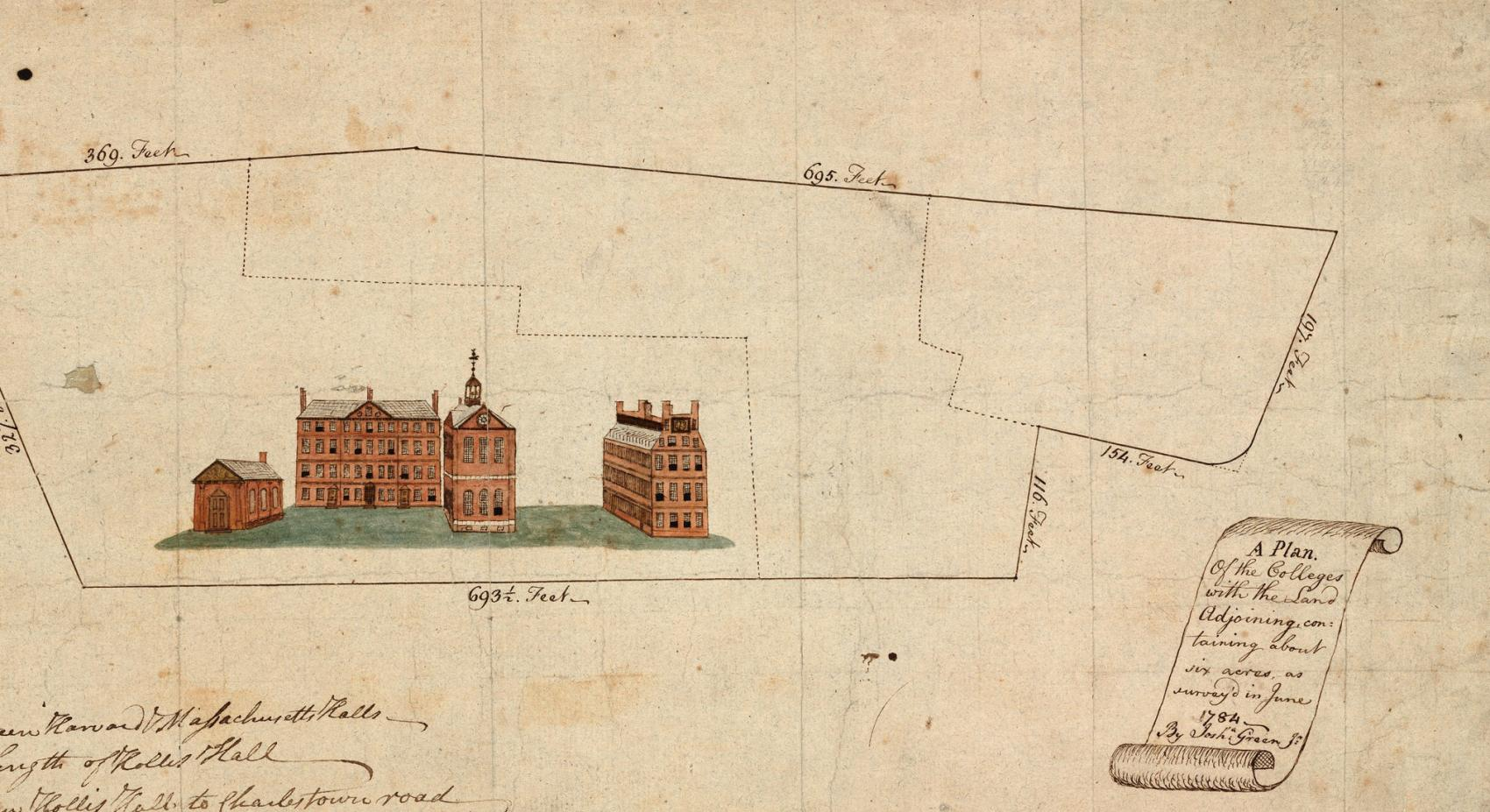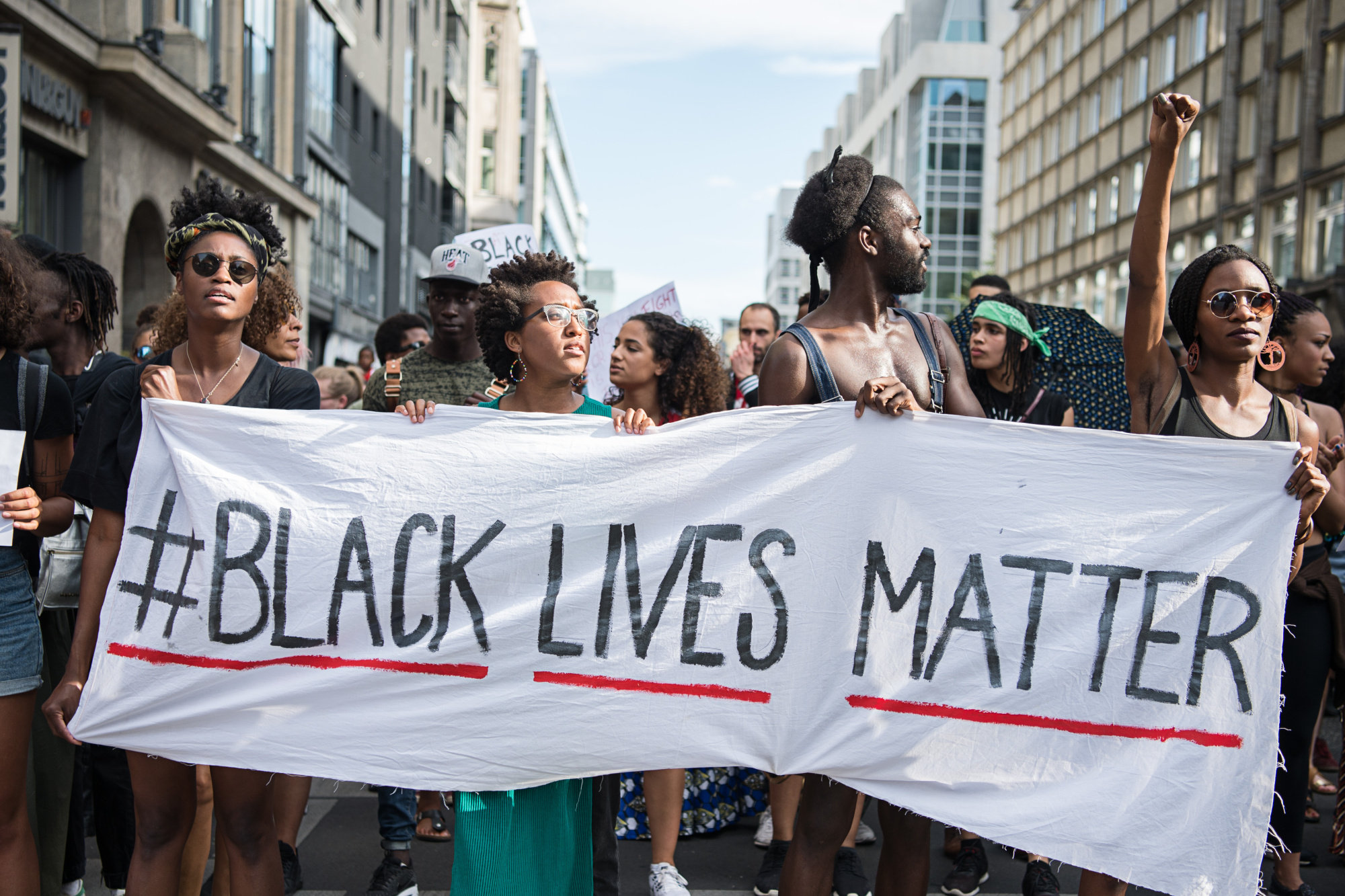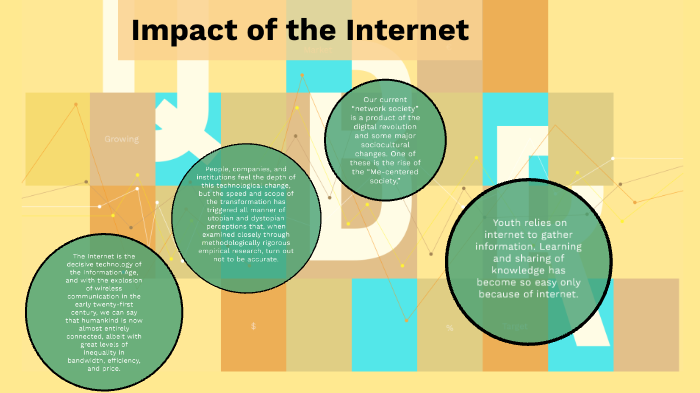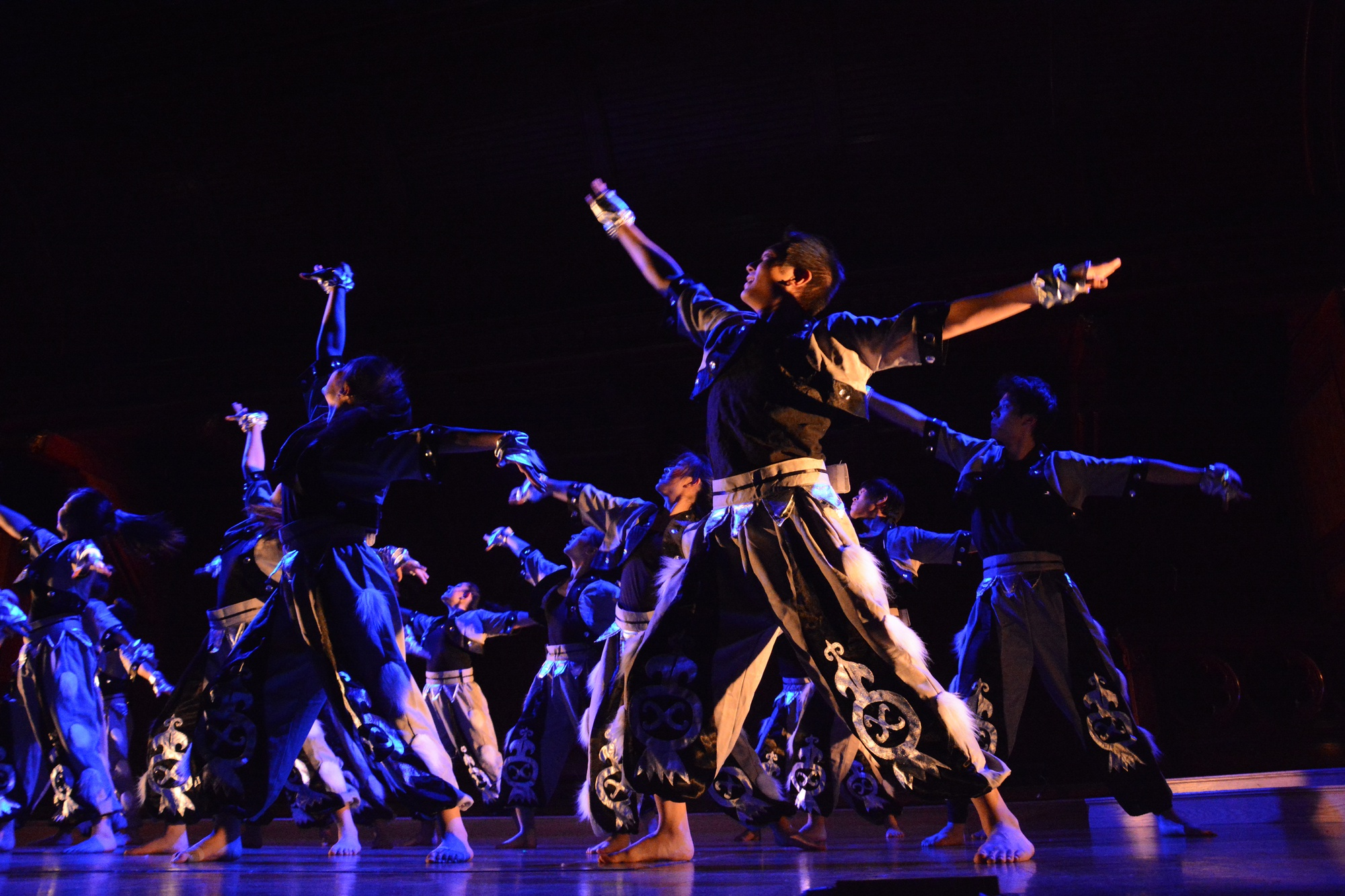The Harvard University Archives serves as a vital repository of the storied past and rich cultural heritage of Harvard University and America at large. Nestled within the campus, these archives house a plethora of historical artifacts that narrate compelling stories from different eras. From a handwritten note by John F. Kennedy to a digitized snapshot of The Harvard Crimson during the COVID-19 pandemic, the archives connect visitors to the profound moments in Harvard history. The ongoing ‘Archives Inside Out’ exhibit not only highlights these treasures but also democratizes access to history, allowing everyone to engage with Harvard’s rich academic tapestry. As the archives continue to evolve, they become an essential gateway to understanding the cultural narratives that have shaped both the institution and the nation.
Harvard University’s archival collection is not just a storage facility; it is a dynamic space where the stories of the past intersect with the present. These historical collections, filled with primary documents and items, function as an invaluable resource for scholars and curious minds alike. Through exhibitions like ‘Archives Inside Out’, visitors have the opportunity to explore diverse cultural narratives represented in this famed repository. The unique items on display offer insights into significant aspects of American history, illustrating how Harvard’s legacy intertwines with broader societal themes. Thus, the archive functions as a living testament, showcasing the importance of preserving cultural heritage while inspiring future generations.
Exploring Harvard University Archives: A Cultural Treasure
The Harvard University Archives serve as a historical repository that houses a diverse collection of artifacts documenting the rich tapestry of Harvard’s evolution and its impact on American society. With materials ranging from correspondence of notable figures to artifacts reflecting social movements, the archives play a crucial role in preserving not only the history of Harvard but also that of the nation. Through thoughtful curation and presentation, these collections provide insight into the broader cultural heritage of the United States, showcasing how education and societal changes have shaped the academic landscape.
This vibrant cultural heritage is evident in the ongoing ‘Archives Inside Out’ exhibit, where selected items highlight pivotal moments in both Harvard and American history. The exhibit invites audiences to engage with documents that reveal the complexities of social issues, educational progress, and individual stories that contribute to understanding our collective past. By exploring these historical artifacts, visitors gain a deeper appreciation for the narratives embedded within the Harvard archives and their significance within the larger context of American history.
Significant Historical Artifacts from Harvard’s Past
Among the notable pieces in the Harvard University Archives is a heartfelt letter from former President John F. Kennedy addressed to his Harvard College classmates. This personal correspondence, dating back to the 1940s, provides a fascinating glimpse into the thoughts and aspirations of a young leader. Such artifacts are not mere relics but are vivid representations of the values, struggles, and triumphs that shaped the university’s community during a transformative period in American history. Their preservation invites current generations to connect with the past in meaningful ways.
Another compelling artifact is a letter from W.E.B. Du Bois to his mentor, shedding light on early discussions of race relations in America. This document not only illustrates Du Bois’s perspective but also serves as a historical artifact that informs our understanding of race issues that persist today. By curating such items, the archives facilitate an important dialogue around historical narratives, encouraging visitors to consider how these events and ideas resonate within contemporary society.
The Role of Archives in Historical Research
Archives like those at Harvard are critical for historians and researchers seeking to understand the context behind historical events. They house invaluable documents, photographs, and personal correspondence that illuminate the human experiences behind the facts. For example, the archival collections include not only materials from well-known figures but also voices that have often been marginalized in mainstream narratives. This diversity enriches the historical record and underscores the complexity of societal issues.
Research within the Harvard archives thus serves a dual purpose: it preserves the past while also providing students and scholars with the resources necessary to explore themes such as identity, governance, and social change. By fostering access to these collections, Harvard supports the academic community in addressing contemporary issues through the lens of history, making archives an indispensable part of scholarly scholarship.
Innovative Curation Methods at Harvard Archives
The ‘Archives Inside Out’ exhibit exemplifies innovative curation methods employed by Harvard archivists to make historical materials more accessible to the public. By soliciting input from archival staff about their favorite items, the exhibit not only highlights unique artifacts but also reflects the personal connections archivists have to the materials. This collaborative approach provides a richer narrative to the display, inviting visitors to experience the archives through the varied lenses of individual archivists.
Moreover, curation in the archives is also adaptive to technological advancements. With the growing emphasis on digitization, archival staff have embraced digital tools to capture and preserve documents, expanding their outreach. The Harvard University Archives’ web archiving program is a prime example, documenting significant events and facilitating remote access to collections, thereby ensuring that the legacy of Harvard’s cultural heritage is preserved for future generations.
Connecting Past and Present through Harvard Exhibits
Harvard’s exhibits, such as ‘Archives Inside Out,’ not only spotlight historical research but also foster community engagement. By showcasing items that resonate with various aspects of the university’s history, the exhibits create a platform for dialogue about cultural heritage and its implications for today’s society. Visitors are encouraged to reflect on how these historical moments shaped their own experiences and the world around them, ultimately forging a stronger connection to the university’s legacy.
These engaging exhibits embody the ethos of the university, emphasizing the importance of history as a living narrative that influences contemporary issues. As archivists highlight diverse voices and experiences from Harvard’s past, they invite the broader community—including students, faculty, and the public—to participate in an ongoing conversation about history, identity, and the path forward.
Preserving Cultural Heritage at Harvard University
The preservation of cultural heritage is a cornerstone of the mission at the Harvard University Archives. This commitment is evident in the meticulous care taken to safeguard historical documents and artifacts that inform future generations about the past’s impact on present-day society. As custodians of these valuable collections, Harvard archivists work diligently to maintain the integrity of the materials, ensuring they are accessible and can be used for educational purposes.
In preserving cultural heritage, the archives also serve a broader purpose of fostering inclusivity. By highlighting diverse stories and experiences—such as personal letters from students of varying backgrounds—the archives challenge mainstream historical narratives and promote a more comprehensive understanding of the past. Such efforts are vital in understanding how cultural heritage shapes our identity and influences discussions surrounding equity and representation in contemporary society.
The Impact of Archival Work on Education and Research
Archival work directly impacts education and research, particularly within academic institutions like Harvard. By providing access to primary source materials, archivists enable scholars and students to engage in robust historical inquiry and analysis. This connection between the archives and the educational community fuels academic pursuits across disciplines, as researchers uncover insights that shape their understanding of various subjects.
Additionally, through workshops and public programs, Harvard archivists play a key role in encouraging active learning and critical thinking. These initiatives illustrate the archives’ pivotal role in education, offering students opportunities to interact directly with historical materials and develop skills necessary for scholarly research. The enduring commitment to educational outreach positions the Harvard University Archives as a vital resource for both academic and public engagement.
Engaging with Historical Artifacts: Lessons from the Past
Engaging with historical artifacts provides invaluable lessons about the past and its relevance to the present. The documents and materials housed within the Harvard University Archives not only tell stories of notable individuals but also illuminate social movements, cultural shifts, and moments of profound change. Each artifact serves as a teaching tool, providing context for understanding contemporary issues and encouraging critical reflection on how history shapes our reality.
Through exhibitions and digital collections, the archives invite a broader audience to engage with history on a personal level. By filtering historical narratives through the lens of individual experiences, audiences can draw connections between past events and current societal challenges. This engagement fosters a greater appreciation for history as a continuous thread that weaves through time, connecting generations and inspiring future scholars to explore and share their interpretations.
The Importance of Public Access in Archival Work
Public access to archival collections is essential in democratizing knowledge and fostering historical literacy. The Harvard University Archives exemplifies this commitment through its open exhibitions and digital resources, allowing a diverse audience to explore its collections. This accessibility is crucial not only for academic research but also for empowering individuals and communities to engage with their own heritage.
By making historical documents available to the public, Harvard archivists encourage everyone to connect with their past and understand its implications for identity and culture today. As archives continue to expand their accessibility through online platforms and community programs, they play a vital role in maintaining the relevance of historical scholarship in modern society.
Frequently Asked Questions
What types of historical artifacts are preserved in the Harvard University Archives?
The Harvard University Archives preserves a rich array of historical artifacts, including letters from notable figures like John F. Kennedy and W.E.B. Du Bois, photographs documenting significant social contributions, and unique objects like a perpetual calendar made by former university president Thomas Hill. Each artifact helps illustrate the cultural heritage of Harvard and its profound link to American history.
How are the exhibits at the Harvard University Archives organized?
Exhibits at the Harvard University Archives, such as the ‘Archives Inside Out’, are organized around themes that reflect the university’s legacy and community history. Curators invite archivists and staff to contribute their favorite items, ensuring the displays effectively showcase the rich narratives within Harvard’s historical collections.
Can the public access items from the Harvard University Archives?
Yes, the public can access select items from the Harvard University Archives. Exhibitions such as ‘Archives Inside Out’ are designed to make these historical artifacts accessible, allowing visitors to engage with Harvard’s extensive cultural heritage and learn about the archival process.
What is the significance of the ‘Archives Inside Out’ exhibit at Harvard University Archives?
The ‘Archives Inside Out’ exhibit at Harvard University Archives highlights the importance of archival work in preserving both Harvard and American history. It demystifies the role of archivists while showcasing diverse artifacts that tell compelling stories about the university’s impact and the broader societal context.
How does the Harvard University Archives contribute to cultural heritage preservation?
The Harvard University Archives plays a vital role in cultural heritage preservation by collecting, conserving, and providing access to significant historical materials. This includes diverse artifacts that document the university’s history, social movements, and the contributions of its alumni, thus maintaining a rich narrative of American intellectual and cultural evolution.
What processes are involved in digitizing items from the Harvard University Archives?
Digitizing items from the Harvard University Archives involves careful selection, preparation for digitization, and utilizing advanced technology to capture and preserve historical documents. This enhances accessibility for researchers and the public, ensuring that valuable cultural heritage remains available for future generations.
How does Harvard University Archives support researchers?
Harvard University Archives supports researchers by providing access to primary sources, such as personal letters, photographs, and manuscripts. Archivists assist in navigating these collections, helping to connect researchers with materials that are essential for their academic inquiries and preserving Harvard’s historical narrative.
What unique finds can visitors discover at the Harvard University Archives?
Visitors to the Harvard University Archives can discover unique finds such as historic letters from influential individuals, early publications from student organizations, and artifacts that highlight the diverse experiences of the Harvard community. Each item serves to enrich the understanding of Harvard’s historical and cultural legacy.
| Item | Description | Archivist |
|---|---|---|
| Letter from John F. Kennedy | A handwritten note to Harvard College classmates showcasing a personal glimpse of Kennedy. | Pam Hopkins, Head of University Archives Reference Services |
| Photograph of women computers | An image from 1900 depicting women at the Harvard College Observatory, highlighting their significant yet often invisible contributions. | Alison Macdonald, Records Manager/Archivist for Operations |
| Letter from W.E.B. Du Bois | A letter discussing race relations, from the personal archive of historian Albert Bushnell Hart. | Erin Clauss, Lead Processing Archivist |
| Perpetual Calendar | An intricate calendar designed by former President of Harvard, Thomas Hill, reflecting scientific inquiry. | Dominic P. Grandinetti, Processing Archivist |
| The Harvard Crimson (2020) | A screen capture documenting Harvard’s response to the COVID-19 pandemic. | Sean Crawford, Collection Development and Records Management Coordinator |
| Sketches from the Harvard Lampoon | The first donation accepted into the Archives, highlighting student life and humor. | Alexandra Dunn, Collection Development Archivist |
| Letter from Seamus Heaney | A lighthearted letter from the poet to Professor Helen Vendler from Vendler’s personal archive. | Heidi Horner, Collection Development & Records Management Services Assistant |
| Letter from Ragan Henry | A personal letter from an African American student discussing life and racial issues in the 1950s. | Jehan Sinclair, Processing and Digitization Archivist |
| Bound typescript on Harvard Pacifists | Personal accounts documenting Harvard students’ opposition to military service during WWII. | Ed Copenhagen, Reference Archivist |
Summary
Harvard University Archives showcases a rich tapestry of historical objects that not only reflect the essence of the university but also the broader narrative of America. Through the ‘Archives Inside Out’ exhibit, the contributions of archivists are highlighted, revealing how these items—ranging from heartfelt letters by prominent individuals to candid photographs—serve as crucial links to our past. By bringing these treasures into the public eye, the exhibit underscores the importance of archival work in preserving and interpreting history for future generations.




